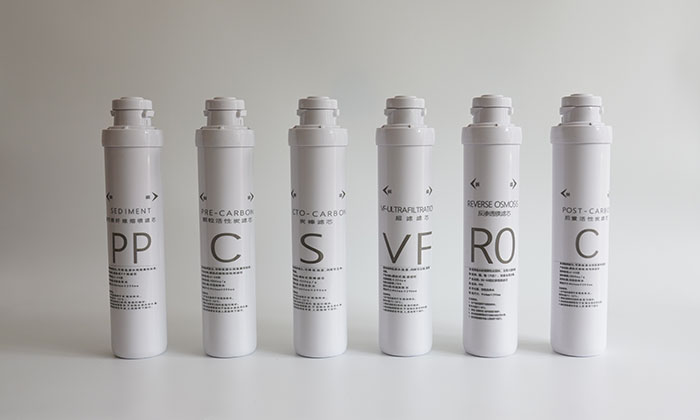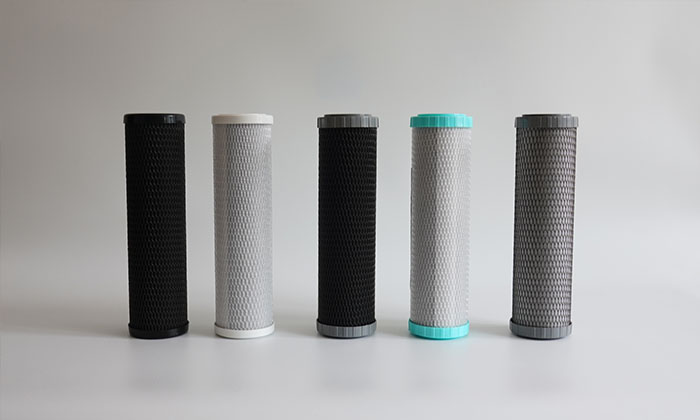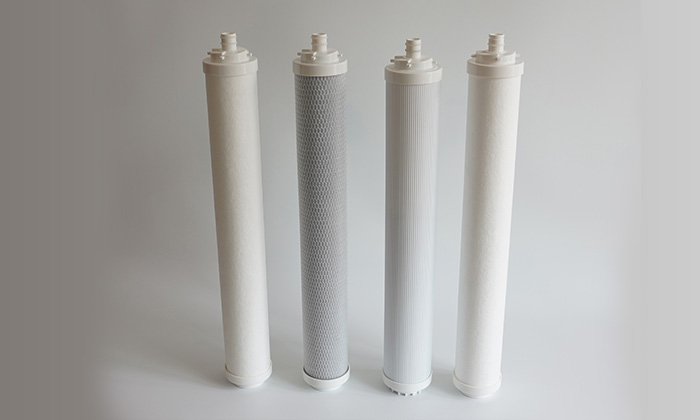Due to the presence of suspended and colloidal particles in water, the previously colorless and transparent water becomes turbid, and the degree of turbidity is called turbidity. The unit of turbidity is expressed in "degree", which is equivalent to 1 degree, also known as Jackson, when 1 L of water contains 1mg of SiO2. The turbidity unit is JTU, with 1JTU=1mg/L of white clay suspension.
The turbidity displayed by modern instruments is the scattering turbidity unit NTU, also known as TU. 1TU=1JTU. Recently, it is internationally believed that the turbidity standard prepared with Hexamethylenetetramine Hydrazine sulfate has good reproducibility, so it is selected as the unified standard FTU of all countries. 1FTU=1JTU.
Turbidity is an optical effect that represents the degree to which light is obstructed when passing through a water layer, indicating the ability of the water layer to scatter and absorb light. It is not only related to the content of suspended solids, but also to the composition, particle size, shape, and surface reflection performance of impurities in water.
Controlling turbidity is an important aspect of industrial water treatment and an important water quality indicator. According to different uses of water, there are different requirements for turbidity, and the turbidity of drinking water should not exceed 5 degrees; The turbidity of the supplementary water for circulating cooling water treatment is required to be 2-5 degrees; The turbidity of the inlet water (raw water) for desalination treatment should be less than 3 degrees; The manufacturing of artificial fibers requires a water turbidity of less than 0.3 degrees. Due to the fact that the suspended and colloidal particles that make up turbidity are generally stable and mostly negatively charged, they will not settle without chemical treatment. In industrial water treatment, coagulation, clarification, and filtration are mainly used to reduce water turbidity.



